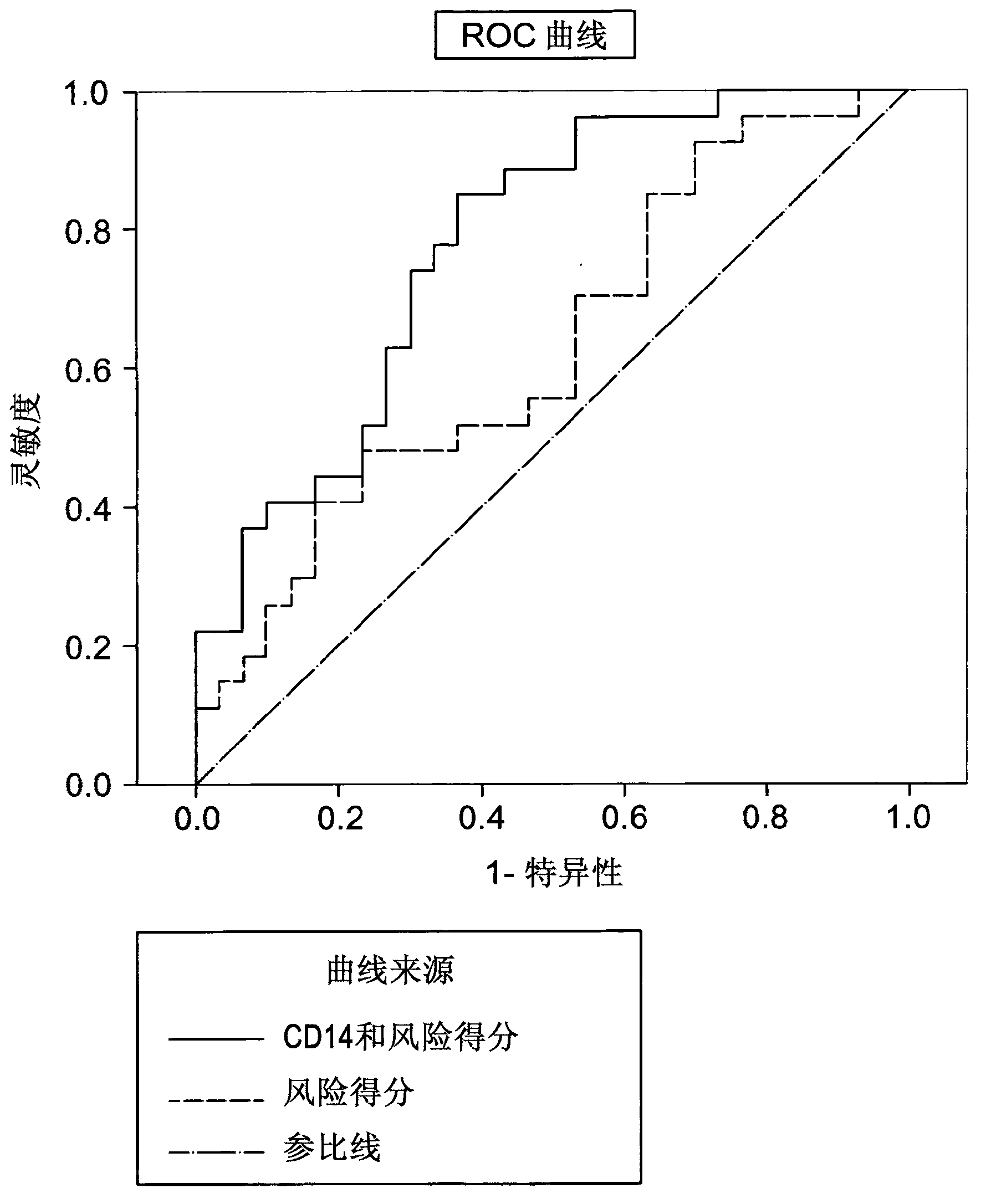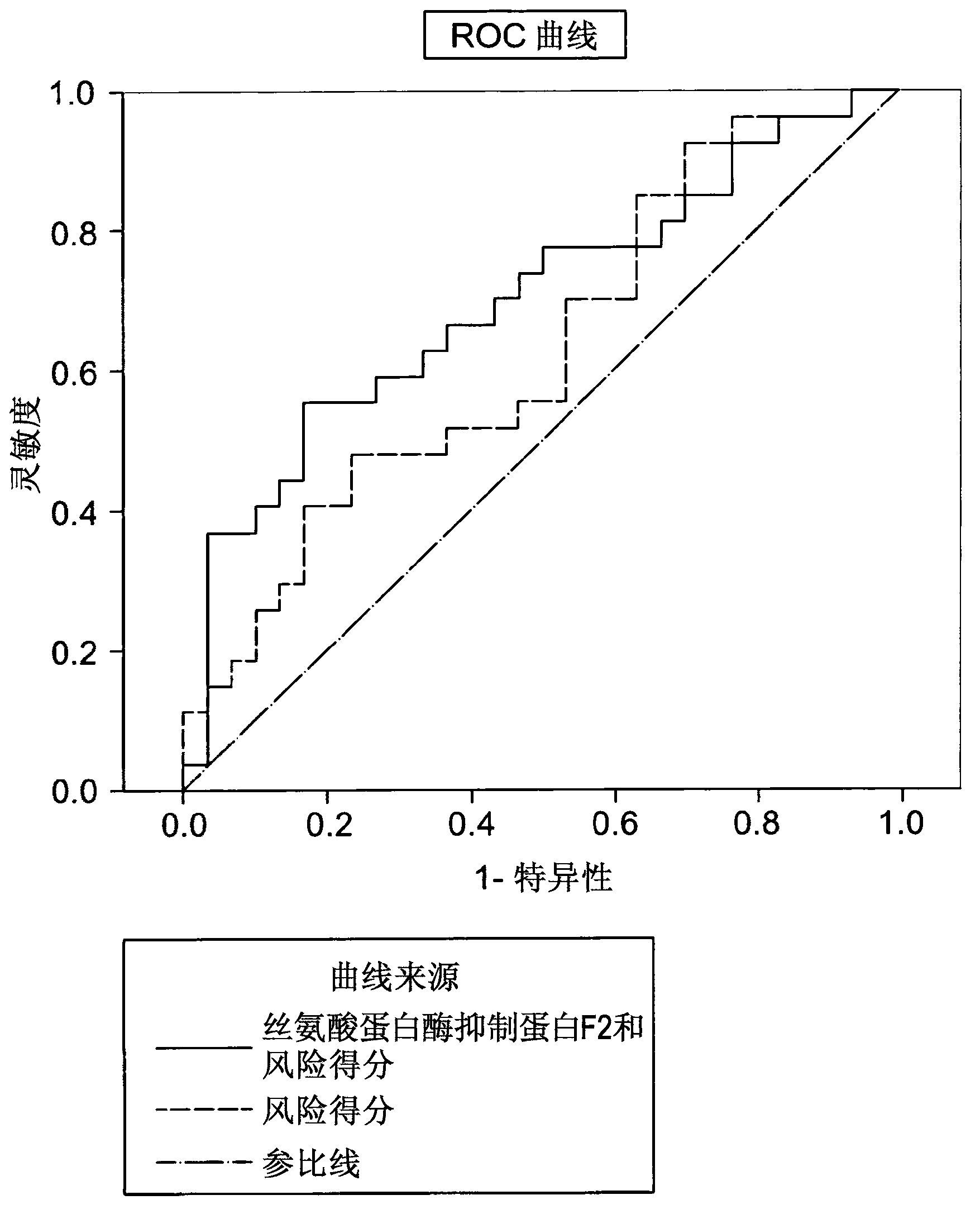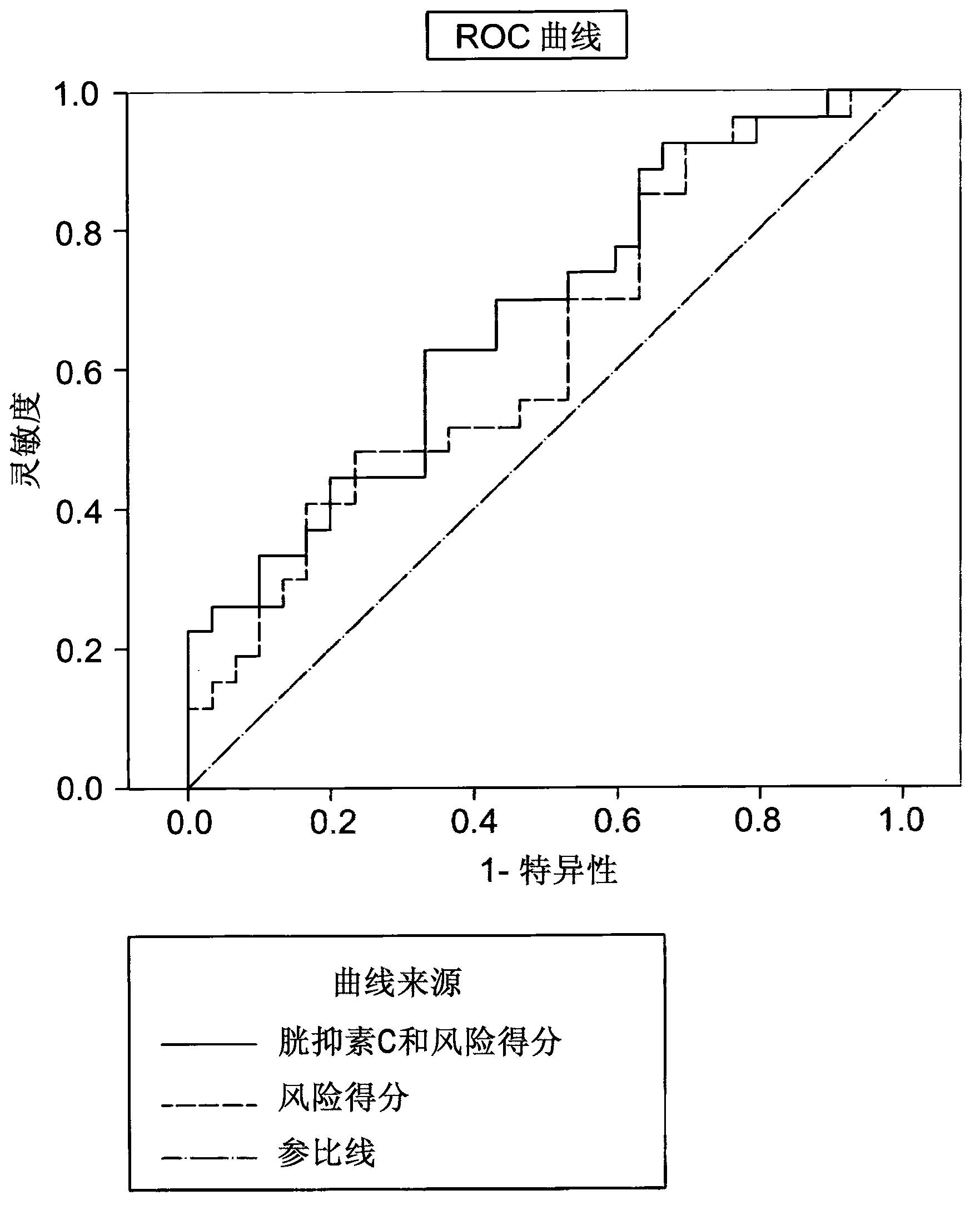Determination of exosomel biomarkers for predicting cardiovascular events
A biomarker, cardiovascular technology, applied in the field of predicting subjects' risk of developing cardiovascular events, risk prognosis of cardiovascular events, kits and biomarkers
- Summary
- Abstract
- Description
- Claims
- Application Information
AI Technical Summary
Problems solved by technology
Method used
Image
Examples
Embodiment 1
[0038] Tracking Quantitative Proteomics of Human Plasma Exosomes
[0039] Study population and design
[0040] Athero-Express is a longitudinal vascular biobank study that includes biomaterials from patients who underwent carotid endarterectomy and femoral endarterectomy at two Dutch hospitals (UMC Utrecht and St.Antonius Hospital Nieuwegein) . Approximately 2000 patients have been included to date. Plasma and tissue samples were obtained from all patients before or during endarterectomy (blood draw).
[0041] One year after surgery, all patients were followed up clinically, and mailed questionnaires were filled out at 1, 2, and 3 years after surgery. Physicians were contacted by telephone when patients did not respond to the questionnaire. Endpoint events were adjudicated by an independent endpoint event committee blinded to laboratory results. All endpoints were independently assessed by two members of the committee. In case of disagreement, seek a third opinion.
[0...
Embodiment 2
[0078] Validation of selected proteins in a proof-of-concept study of individual Athero-Express patient blood samples
[0079] Research objectives
[0080] The goal of this study was to identify in individual patient blood samples which of these 17 biomarkers were differentially expressed between patients experiencing secondary coronary events and healthy controls.
[0081] Research design
[0082] Patients in this study underwent carotid surgery due to a primary cerebrovascular event (ie, stroke or transient ischemic attack (TIA)) and were followed for three years. The 17 markers were measured in blood samples from patients experiencing secondary coronary events (29 samples) and age- and sex-matched controls (30 samples). Secondary coronary events were defined as myocardial infarction (fatal and nonfatal), cardiovascular death, sudden death, coronary angioplasty, and coronary artery bypass grafting (CABG).
[0083] Materials and methods
[0084] Exosomes were isolated fro...
PUM
| Property | Measurement | Unit |
|---|---|---|
| size | aaaaa | aaaaa |
Abstract
Description
Claims
Application Information
 Login to View More
Login to View More - R&D
- Intellectual Property
- Life Sciences
- Materials
- Tech Scout
- Unparalleled Data Quality
- Higher Quality Content
- 60% Fewer Hallucinations
Browse by: Latest US Patents, China's latest patents, Technical Efficacy Thesaurus, Application Domain, Technology Topic, Popular Technical Reports.
© 2025 PatSnap. All rights reserved.Legal|Privacy policy|Modern Slavery Act Transparency Statement|Sitemap|About US| Contact US: help@patsnap.com



